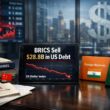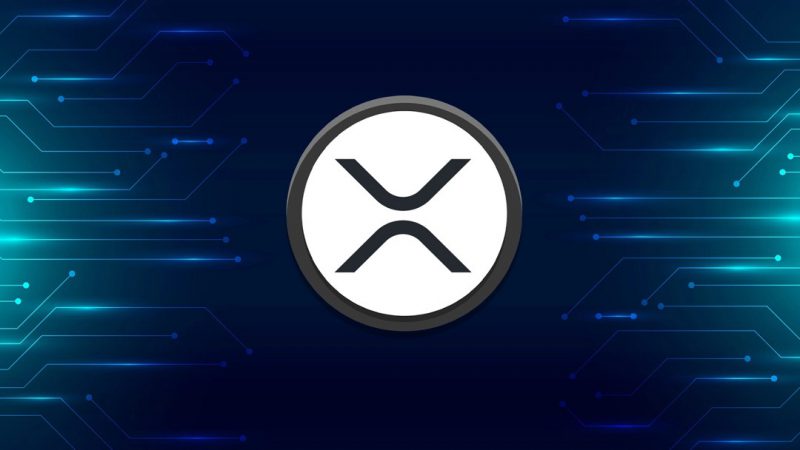The Securities and Exchange Commission’s [SEC] lawsuit against Ripple has been going on for several years now. The SEC went on to accuse Ripple of selling unregistered securities. While XRP has been tainted with this accusation, the holders of the asset are the ones that are impacted the most. Therefore, their involvement in the case has been considered pertinent. The SEC, however, tried to bar this and limit their presence. After this was negated, the number of holders involved in the case rose to 70,100.
John Deaton, a representative of XRP holders took to Twitter and shared this development. He pointed out that these holders were from diverse backgrounds ranging from 141 countries across the globe.
XRP holders weren’t always welcomed to be a part of the case. Back in October, Judge Torres ruled that XRP holders couldn’t interfere in the case. This was, however, revoked considering they were the ones that had the most at stake. Therefore, she went on to grant them “amici” status. Derived from Amici Curiae, these holders were now “friends of the court” in the case.
This did not settle well with the SEC. Just last month, Judge Torres went on to deny the SEC’s motion to revoke the amici status against Deaton.
XRP holders rep Deaton fights against “unlawful expansion of Howey”
As seen in the above tweet, Deaton has been calling out the SEC for trying to expand the law unlawfully. Over the last couple of weeks, the SEC has been calling out several firms for listing “securities.” Prominent crypto exchange, Coinbase was one among them. The SEC seemed to be categorizing several assets under the securities umbrella.
The Howey Test basically identifies if certain transactions qualify as “investment contracts.” The test was formulated by the US Supreme Court.
The utility of the asset will not matter, the SEC said in the reasoning. Regardless of whether a buyer purchases an asset with the express purpose of consuming it, it can still be said that the buyer anticipates a jump in the security’s price. Therefore, it could be detrimental to the crypto-verse.





